Master Gardeners In the Garden
Re-imagine your landscape to withstand the changing climate
By Dana Cook
WSU Chelan/Douglas County Master Gardener
The drought-resistant common snowberry provides habitat and produces tasty white berries for birds. It’s one of the many shrubs that is grown at the WSU Chelan Douglas Master Gardener Program’s Community Education Garden in Wenatchee. – Provided photo/Mary Fran McClure 
Dana Cook – WSU Master Gardener. – Provided photo/WSU Master Gardeners Soon, spring will have sprung, and we’ll all be out playing in the dirt again. What are your garden goals for this season? Mine are twofold: Decrease water usage and create a more ecologically friendly landscape.
An ecologically friendly landscape harmonizes with the local environment by supporting native wildlife and requiring minimal maintenance. For those of us in Chelan and Douglas counties, this means designing landscapes with plants that can withstand extreme temperatures and minimal precipitation.
Plants native to our unique shrub-steppe habitat provide the best options for achieving an ecologically sound and sustainable yard. However, plants native to the Upper Valley can often work, too.
While most trees and shrubs are ideally planted in the fall, they form the backbone of landscape design, so I will consider them first. In assessing my current landscape, I see some plants struggling in the wrong locations. A poor vine maple gasps and chokes its way through every summer in an exposed, full-sun location, and the lone remaining dogwood in the south-facing backyard mourns the loss of its two siblings, which succumbed to the exposed and dry conditions.
Before becoming a Master Gardener, I made plant choices based on aesthetics, fragrance or shade rather than considering the plant’s specific needs. In my redesign, the native trees and shrubs I choose will be selected based on what my yard offers regarding sunlight, wind protection, water availability and soil conditions.
Other important considerations include the proximity of mature trees and shrubs to my house and utility lines. Because native trees and shrubs develop deep roots, I will carefully choose planting locations to prevent future problems, such as interference with a septic system.
Additionally, I will make fire-wise plant choices. While our native bitterbrush and sagebrush are iconic components of the shrub-steppe ecosystem, they are highly flammable and generally unsuitable for most home landscapes. I will avoid creating a fuel ladder, where vegetation provides a pathway for fire to climb into the tree canopy.
With these considerations in mind, here are some native trees and shrubs I am considering for my landscape based on their needs and functionality:
For privacy, I’d like to add some taller shrubs. Since they will be on the east side of my property, plants that require full sun, such as mock orange with its wonderfully fragrant flowers, would work best. Other contenders include golden currant with bright yellow flowers and berries, serviceberry, which features delicate white blossoms in the spring and edible fruit, and Scouler’s willow.
For the fence row in my north-facing front yard, native shrubs that tolerate partial shade include common snowberry, blue elderberry, oceanspray, red-flowering currant and rosy spirea, which is small but has brightly colored flowers. I may also incorporate a few Douglas maples to enhance structure and seasonal interest.
In my hot, dry backyard, gray rabbitbrush, wax currant, shrubby cinquefoil, and purple sage would be excellent options. Adding shade with a relatively drought-tolerant tree such as a bigleaf maple, would also be beneficial. Garry oak grows slowly but would someday provide acorns for the squirrels.
Fortunately, many native plants thrive in home landscapes without requiring extra water except while they’re getting established and during hot, dry periods. And for those that do need a bit extra, a customized drip irrigation system can meet their needs. They don’t need fertilizers or pesticides. They also support local pollinators, birds and other wildlife by providing essential food and shelter. That’s a win-win for me — and the environment!
Stay tuned for next month’s column, where I’ll ponder which native annuals and perennials to add to my landscape.
Thanks to Betsy Dudash, a local landscape horticulturist and designer, for her contributions to this article.
A WSU Chelan-Douglas County Master Gardener column appears weekly in The Wenatchee World. To learn more, visit bit.ly/MGchelandouglas or call (509) 667-6540.
More Garden Advice
View archives
